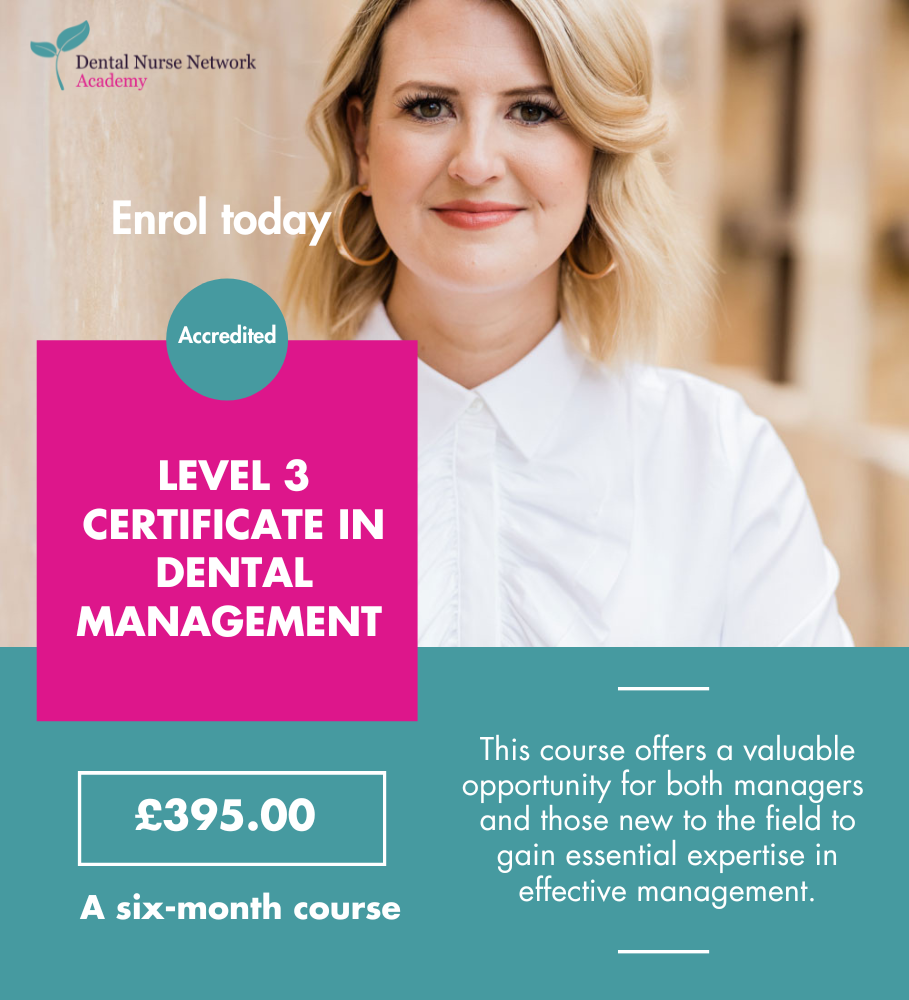 In my last blog post, I wrote about our ‘National Smile Month’ projects that we had to present at the end of June. I’m glad to say that it all went brilliantly! We gave out tons of freebies (which everyone loved), spoke to a wide variety of people, and got our message across about hidden sugars and the Stephan Curve. You’ll also be pleased to hear … I PASSED MY GATEWAY! I can now take impressions and place fissure sealants, so I have begun to do this on patients in practice. Read below for more information on the Stephan Curve and how I’ve been finding impression-taking and fissure sealants.
In my last blog post, I wrote about our ‘National Smile Month’ projects that we had to present at the end of June. I’m glad to say that it all went brilliantly! We gave out tons of freebies (which everyone loved), spoke to a wide variety of people, and got our message across about hidden sugars and the Stephan Curve. You’ll also be pleased to hear … I PASSED MY GATEWAY! I can now take impressions and place fissure sealants, so I have begun to do this on patients in practice. Read below for more information on the Stephan Curve and how I’ve been finding impression-taking and fissure sealants.
What is the Stephan Curve?

The Stephan Curve is a graph that shows what happens after the consumption of sugar in relation to dental caries. After sugar intake, demineralisation of the tooth surfaces takes place due to the drop in pH as the bacteria in the mouth convert the sugar to acid. After 20-30 minutes, the saliva buffers the pH and returns it back to normal level. (This is more rapid in the presence of fluoride.) Spacing periods of sugar intake hours apart allows pH to return to normal. However, increased frequency of sugar intake means demineralisation occurs more often, and the time periods between drops in pH are not long enough to allow effective remineralisation to happen. We advise patients that they should stick to 4-5 acid attacks (i.e. instances of sugar intake) a day to allow remineralisation and reduce the possibility of caries occurring. Fluoride also increases remineralisation, so it is always good to recommend a toothpaste with 1350-1500ppm fluoride (for those 7 years old and over).
Impression-taking and fissure sealants
Taking impressions is harder than I imagined, but the more I take, the better they become and the fewer mistakes I make (such as air bubbles, taking the impression off-centre etc). Look at the impression-taking course that Dental Nurse Network provides if you’re interested in taking impressions or knowing more about the procedure.
I’ve been finding fissure sealants to be quite fun and interesting. These are usually completed on younger patients, so finding ways to ensure compliance has been difficult but enjoyable. I am starting to really enjoy interaction with young patients, and fissure sealants have been a good way to build confidence in this area. I won’t lie; there have been a couple of failed attempts – on occasions, I have been unable to get good moisture control, have found air bubbles after setting, have seen high occlusion etc. What I usually do when these things occur is … start again! I can’t stress enough that practise, practise, practise is one of the main things to focus on when working to get better at anything. Patients are always required to read about the procedure and sign consent forms prior to their student appointment. They are always patient and understanding if it takes longer to complete the procedure than expected.
The next month is looking like a tough one. I have an essay to complete and lots and lots of revision to do! I have Term 3 exams at the end of July, so my month will be filled with snacks (I can’t revise without them … sorry, Stephan Curve!), paperwork all over my desk and writing until my hand hurts. Wish me luck – I will let you know how it went in my next blog post.
Written by Tiffani Hutchinson
References:
Department of Health England (2017) Delivering Better Oral Health: an evidence-based toolkit for prevention https://assets.publishing.service.gov.uk/government/uploads/system/uploads/attachment_data/file/605266/Delivering_better_oral_health.pdf


